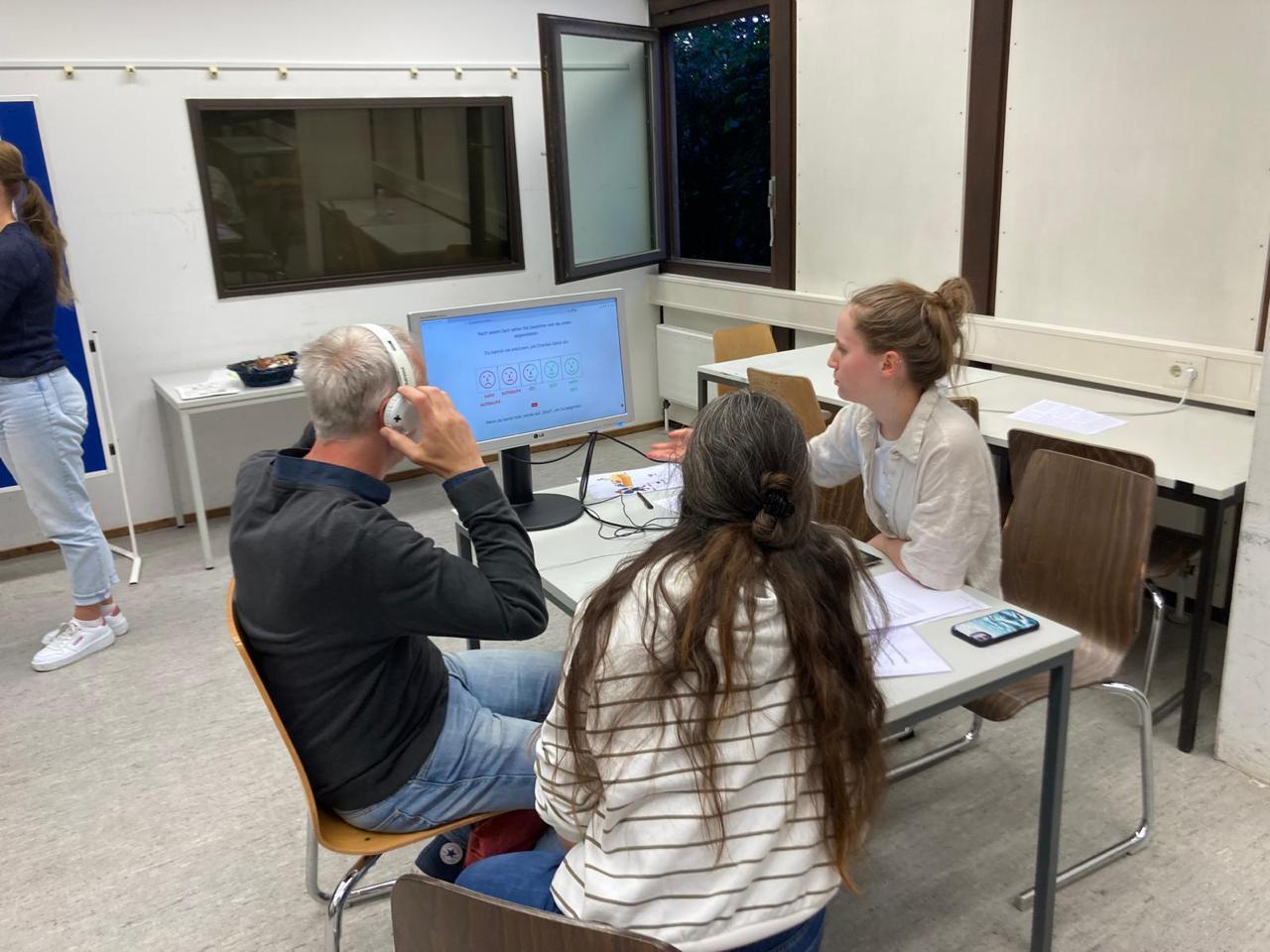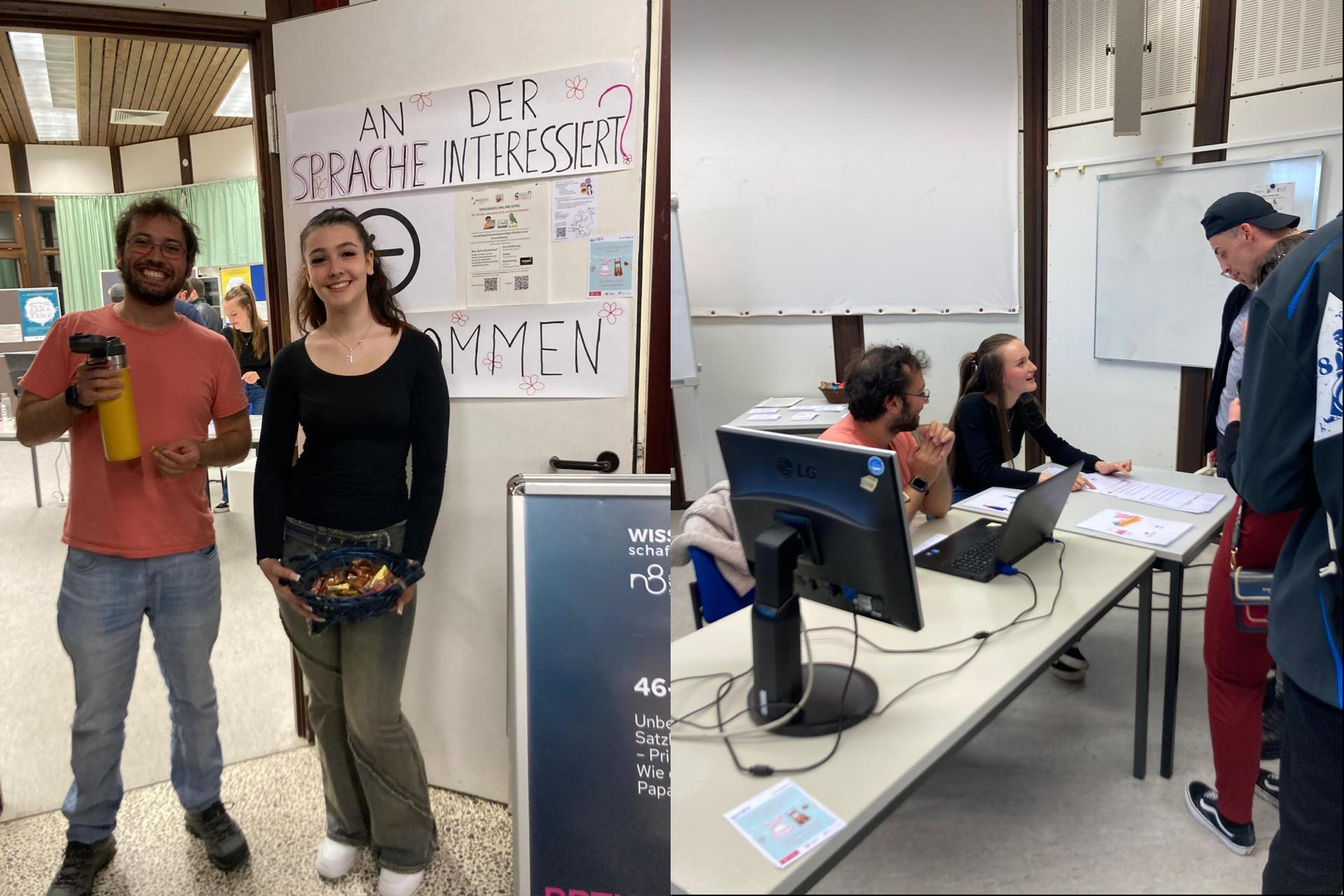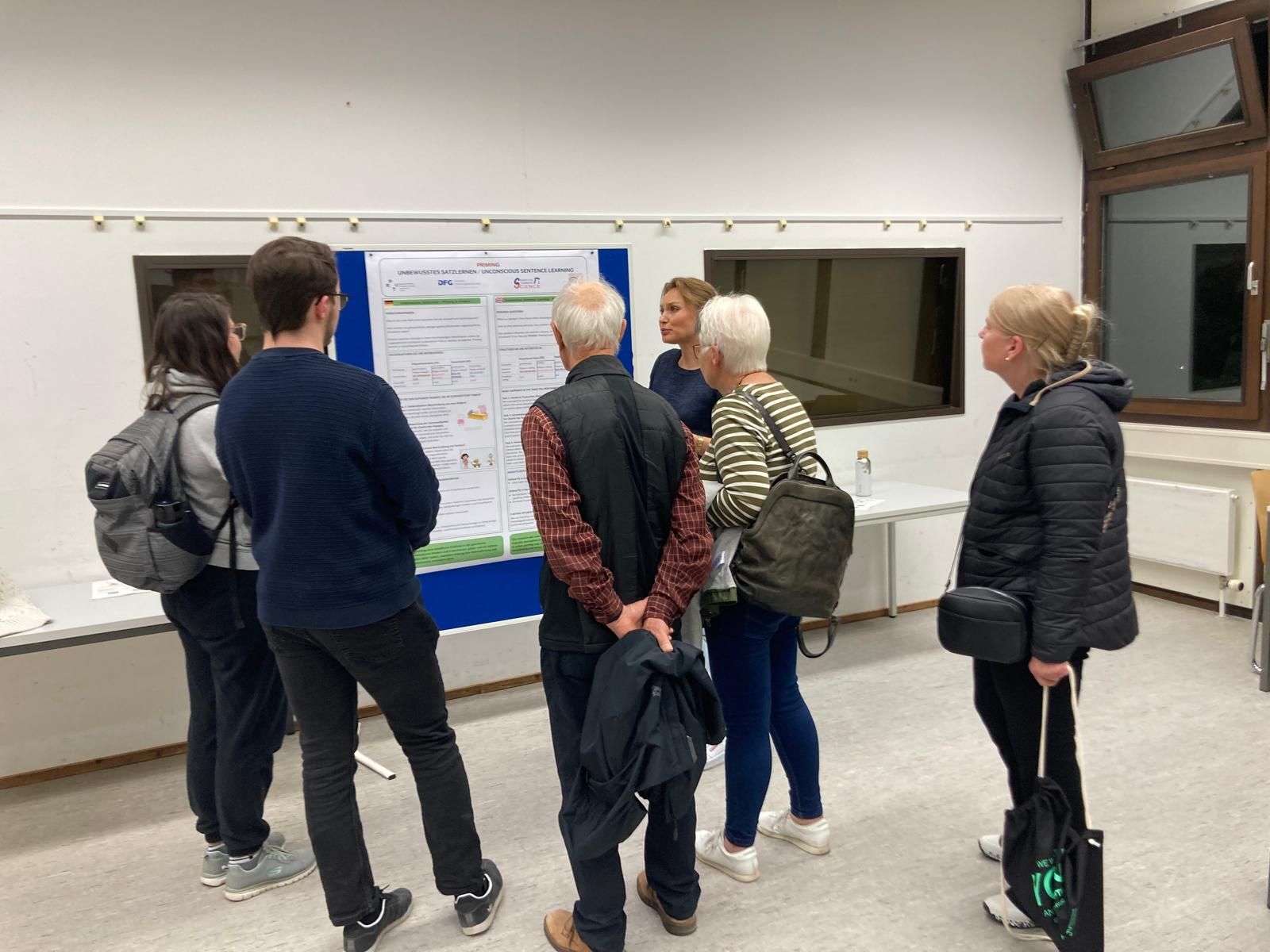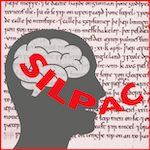🧠 Can We Learn to Speak in Unusual Ways? A Peek into Language Experiments at the Night of Science

On May 9, 2015, our research group (project P1) participated in the Night of Science, an exciting public event hosted by the University of Kaiserslautern-Landau to make scientific research accessible to a wider audience. We presented hands-on experiments focusing on how both monolingual and bilingual children and adults process uncommon or even ungrammatical sentences. We designed interactive games where members of the public could participate directly and experience how subtle influences can affect their own use of language.

What Did the Public Do in Our Experiments?
Adults or children completed three language games either in English or German to explore what sentence patterns they prefer and whether or to which extent they adapt to uncommon patterns. First, they described pictures (see below) to reveal their brain’s preferred grammatical patterns. Next, they rated a parrot’s speech to assess their sensitivity to grammatical oddities based on instinctive language judgments. Finally, they described short video scenes before and after interacting with an experimenter who used unusual sentence constructions, allowing us to observe whether participants would adopt these less typical patterns in their own speech.

What Did We Learn?
We showed participants their own results in real time. Many were surprised to see how their language preferences shifted over the course of just a few minutes. After repeated exposure to less common sentence patterns, people were more likely to accept or even produce those same patterns themselves.

This phenomenon is known as structural priming: when one speaker’s use of a particular sentence pattern increases, so does the likelihood that their conversation partner will use the same sentence pattern. While structural priming has been widely studied using grammatical sentence types, our project investigates whether the same effect applies to ungrammatical or unusual sentence forms as well.
Why This Matters
Understanding how people—especially bilinguals and children—adapt to unusual language input helps us learn more about how languages evolve and how flexible our internal language systems really are. Our findings suggest that even uncommon or even ungrammatical input, when heard repeatedly, can influence how we speak and perceive—at least temporarily.
As we continue this research, we hope to better understand how exposure to varying degrees of linguistic “unusualness” affects language processing across different age groups and language backgrounds—and what this means for the broader processes of language acquisition and change.
